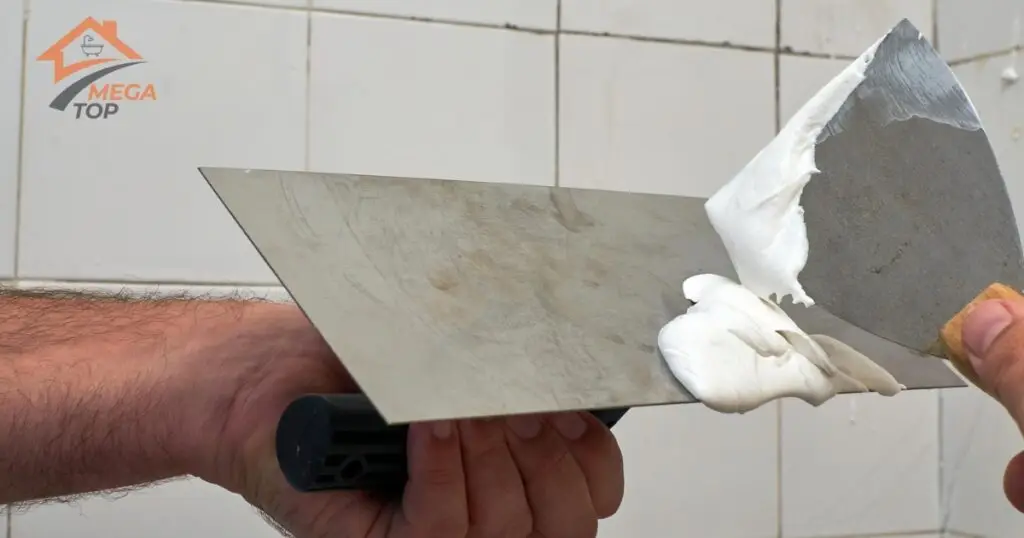What Are Flexible Sealants and Caulks?
Flexible sealants and caulks are essential materials used to fill gaps, cracks, and joints in various construction and repair projects. While both serve similar purposes, their compositions and applications differ significantly, making each better suited for specific tasks.
Definition of Flexible Sealants
Flexible sealants are advanced materials designed to provide long-lasting, durable seals. They are typically used for applications requiring flexibility, such as areas prone to movement or vibration. Commonly made from silicone, polyurethane, or hybrid compounds, they offer excellent waterproofing and resistance to weather conditions.
Overview of Caulks and Their Uses
Caulk is a versatile material primarily used to fill small gaps and cracks. Made from materials like acrylic, latex, or silicone, caulk is ideal for interior applications, such as sealing trim, baseboards, and other non-flexible joints. Some caulks are paintable, making them perfect for projects requiring a polished finish.
Key Differences Between Sealing and Caulking
Composition: Silicone vs. Acrylic
- Flexible Sealants: Often silicone-based, providing superior durability and flexibility.
- Caulks: Typically made of acrylic or latex, offering ease of use and smooth finishes.
Flexibility and Durability
- Sealants maintain elasticity over time, making them ideal for joints exposed to movement.
- Caulks are less flexible and may crack over time in high-movement areas.
Waterproofing Capabilities
- Sealants excel in waterproofing applications, such as showers, windows, and roofs.
- Caulks provide basic moisture resistance but are not as durable in wet environments.
When to Use Flexible Sealants
Ideal Applications for Sealants
- Bathrooms and Kitchens: Perfect for waterproofing joints around sinks, bathtubs, and tiles.
- Outdoor Projects: Excellent for sealing windows, doors, and gutters exposed to weather.
- Expansion Joints: Suitable for areas prone to thermal or structural movement.
Benefits of Flexible Sealants in Home Repairs
- Long-lasting performance.
- Superior resistance to UV rays, weather, and temperature changes.
- High adhesion to various materials, including glass, metal, and plastic.
When to Use Caulk
Types of Caulks and Their Applications
- Acrylic Latex Caulk: Best for interior gaps that will be painted.
- Silicone Caulk: Ideal for areas requiring moisture resistance.
- Painter’s Caulk: A budget-friendly option for trim and molding projects.
Best Uses for Acrylic, Silicone, and Latex Caulk
- Interior Trim and Molding: Acrylic caulk provides a smooth finish and paintability.
- Bathtub and Sink Edges: Silicone caulk ensures water resistance in wet areas.
- Windows and Doors: Latex caulk fills small gaps to improve insulation.
Common Scenarios: Choosing Between Sealants and Caulk
Filling Gaps in Bathrooms and Kitchens
- Use flexible sealants for high-moisture areas to prevent water damage.
- Apply caulk for non-moving joints and paintable surfaces.
Exterior Applications: Windows, Doors, and Roofing
- Sealants are the best choice for weatherproofing and preventing leaks.
- Caulk can fill small cracks in exterior trim but may need more frequent reapplication.
How to Apply Flexible Sealants and Caulk Correctly
Tools You’ll Need
- Caulking gun.
- Putty knife or scraper.
- Painter’s tape for clean edges.
- Cleaning cloth and surface cleaner.
Step-by-Step Guide for Sealing
- Prepare the Surface: Clean and dry the area to remove dirt, grease, or old material.
- Apply the Material: Cut the nozzle to the desired bead size and apply the sealant or caulk evenly.
- Smooth the Joint: Use a caulk tool or damp finger for a clean finish.
- Allow to Cure: Follow the manufacturer’s curing time before exposing to water or stress.
Common Mistakes to Avoid
- Applying caulk or sealant on dirty surfaces.
- Using the wrong material for the job.
- Skipping the smoothing step, leading to uneven seals.
Tips for Maintaining Sealed and Caulked Areas
Cleaning and Inspecting Sealed Surfaces
- Clean sealed joints regularly to prevent dirt buildup.
- Inspect for cracks or gaps, especially in areas exposed to movement or moisture.
Repairing Cracks or Deteriorating Caulk
- Remove old material completely before reapplying.
- Choose a sealant or caulk compatible with the existing material for seamless repairs.
Whether you’re sealing gaps or caulking cracks, selecting the right material ensures long-lasting results. For professional-grade finishes, consult an expert to handle your sealing and caulking needs!
FAQ
Most flexible sealants, such as silicone, cannot be painted. For paintable options, choose acrylic latex caulk.
Yes, sealants are generally stronger and more durable, especially for waterproofing and outdoor applications.
Flexible sealants can last 10–20 years, depending on the material and exposure to environmental factors.
Use a caulk remover or softening agent, then scrape off the material with a putty knife or razor blade.
Yes, flexible sealants are ideal for outdoor applications, as they withstand weather conditions and temperature fluctuations.





